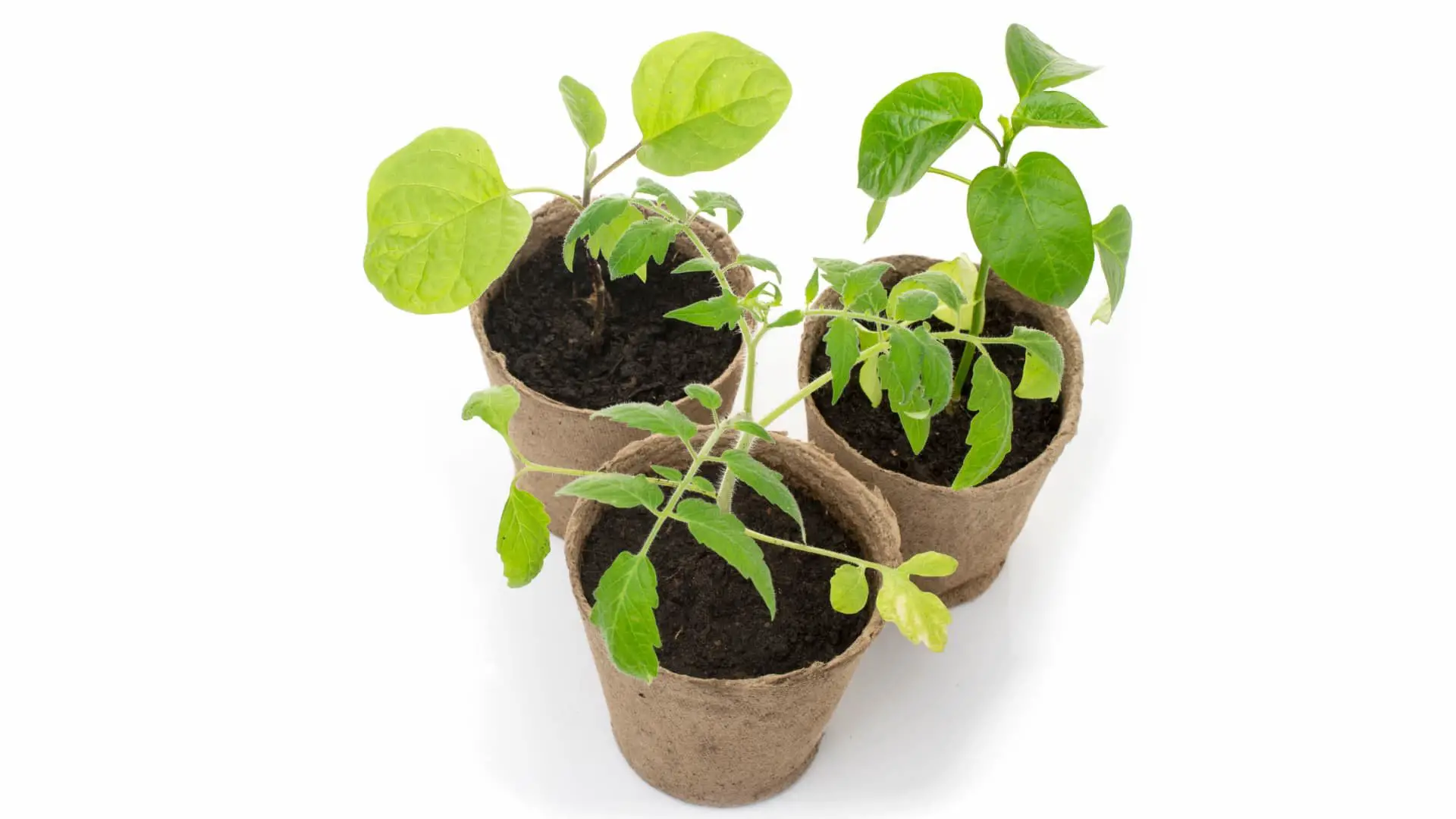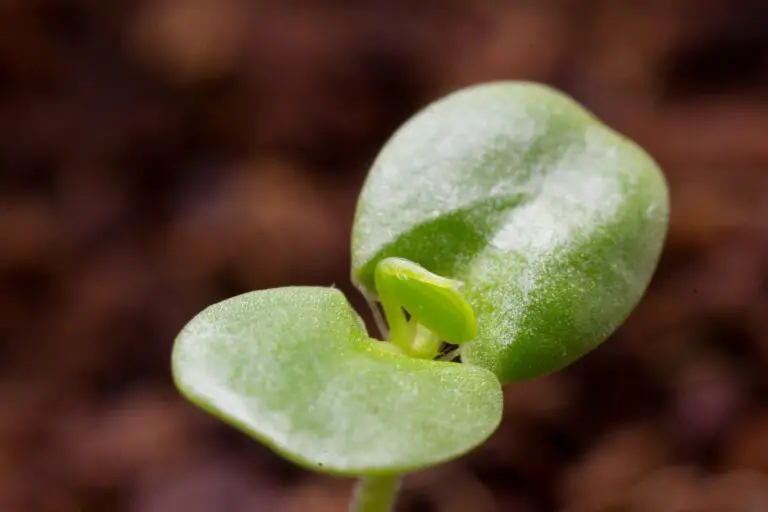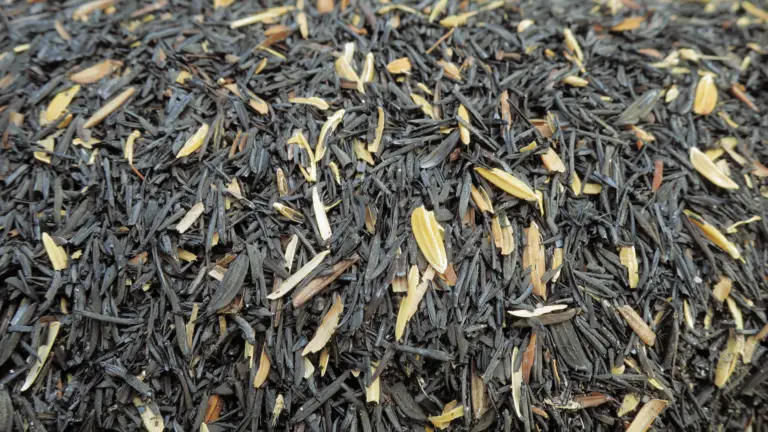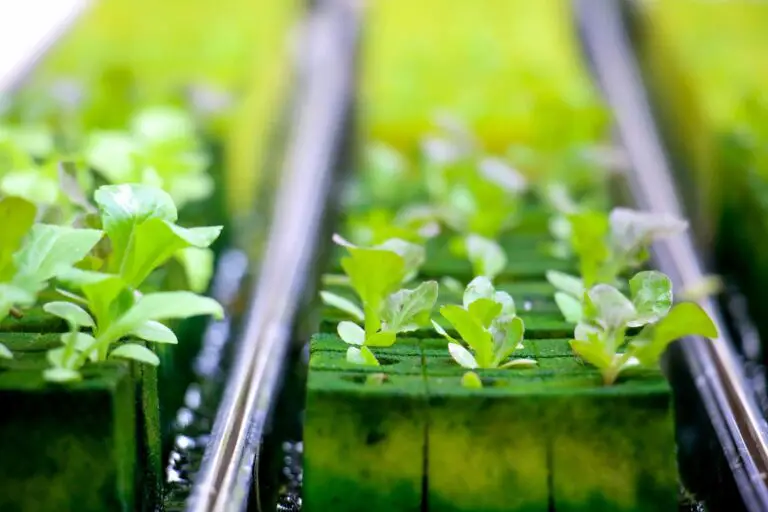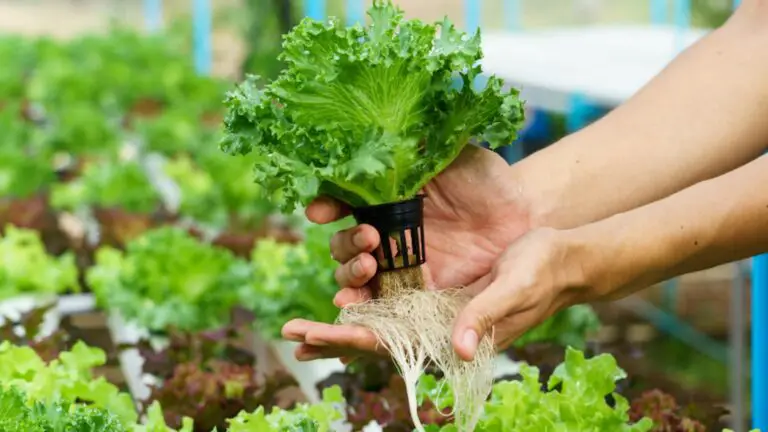Peat Moss May Be Good for Plants, but Gardeners Should Avoid It
Disclosure: Your purchases through our links may earn us a small commission, supporting our site’s ability to provide valuable information to our readers. Rest assured, it won’t impact your price. Thank you for your support.
Peat moss is a popular growing medium for hydroponic gardens. It is absorbent and helps retain moisture, which is important for plants grown in a soilless environment.
However, recent studies have shown that peat moss may not be good for gardeners after all.
Gardeners should avoid using peat moss in hydroponic gardens, and they should also be aware of the potential environmental impacts of harvesting peat moss. There are plenty of other environmentally friendly growing media available, so there’s no need to use peat moss if you’re looking to reduce your impact on the planet.
Why Should Gardeners Avoid Using Peat Moss?
Peat bogs are delicate ecosystems that play an important role in the global carbon cycle. They help keep carbon dioxide from going into the air.
We want to be sure not to do anything that would hurt the peat bog. When peat bogs are disturbed, they can release large amounts of carbon dioxide into the atmosphere.
They are very old and have taken a long time to form. Peat bogs are home to many different animals. Some of these animals only live in peat bogs. When the peat bog is damaged, it can hurt the animals.
Peat bogs also help us humans, give us clean water and air, and help us breathe. If we damage it, it could hurt the earth and all the creatures that live on it.
Peat moss is often used as a gardening product because it is acidic and helps plants grow in low pH soils. However, peat moss is harvested from peat bogs, a type of wetland ecosystem that forms over thousands of years.
Peat moss harvesting has a devastating impact on these bogs, and it is estimated that it takes centuries for them to recover.
When peat bogs are damaged or drained for harvest, they release large amounts of carbon dioxide and methane into the atmosphere, contributing to climate change.
So if you’re thinking about using peat moss in your hydroponic garden, think again!
There are plenty of other growing media available that are more environmentally friendly. Peat moss may be suitable for plants, but it’s not worth the damage it does to our planet.
What Are the Alternatives to Peat Moss?
Some of the alternatives to peat moss include coco coir, perlite, and vermiculite. Coco coir is made from the husks of coconut shells and is an excellent alternative to peat moss. It is absorbent and helps retain moisture, and it is also environmentally friendly. The coco coir and peat moss are often confused with coco peat. To clear up any confusion, read the following posts:
Perlite is a volcanic glass used as a growing medium for hydroponic gardens. It is lightweight and helps to aerate the soil.
Vermiculite is a mineral that is often used in potting soil. It helps to retain moisture and provides insulation for plants. These alternatives are a better choice for the environment than peat moss.
If you’re looking for an environmentally friendly growing medium for your hydroponic garden, consider using one of these alternatives to peat moss. They are all absorbent and help retain moisture, and they are also good for the planet. Choosing one of these options is a much better choice than using peat moss.
Related:
10 Characteristics of Ideal Hydroponic Growing Medium
How to Keep the PH Level of Each Hydroponic Growing Medium?
How to Use Peat Moss in Growing Hydroponic Plants?
If you’re looking to use peat moss in your hydroponic garden, there are a few things you need to keep in mind.
First, peat moss should only be used as a supplemental growing medium, not as the sole growing medium. We should also combine it with other materials, such as coco coir or perlite.
Second, be sure to use a well-draining soil mix. Peat moss can absorb a lot of water, and if the soil is too wet, it can cause the roots of your plants to rot.
Finally, make sure to monitor the moisture levels in your garden regularly. Peat moss can help retain moisture, but if it gets too wet, it can also cause problems. By following these tips, you can use peat moss in your hydroponic garden without causing any damage to the environment.
Peat Moss Mulching
Peat moss is also often used as mulch. Peat moss mulching is a gardening technique that involves spreading a layer of peat moss over the soil in your garden. Peat moss is a great choice for mulching because it is absorbent and helps retain moisture. It also helps to suppress weeds and protect the soil from erosion.
If you’re looking for a way to keep your garden healthy and looking good, consider using peat moss mulching. It is a simple way to improve your garden. But it does not break down well and can contribute to soil compaction.
In Conclusion
Peat moss is a great choice for many gardening applications, but it’s not perfect. Gardeners should avoid using peat moss in hydroponic gardens, and they should also be aware of the potential environmental impacts of harvesting peat moss.
There are plenty of other environmentally friendly growing media available, so there is no need to use peat moss if you’re looking to reduce your impact on the planet. Consider using coco coir, perlite, or vermiculite instead – these materials are all good choices, and each has its unique benefits.
So while peat moss may be good for plants, gardeners should avoid using it to protect these important ecosystems. Choose wisely – when it comes to gardening, the environment always comes first!
Thank you for reading!
Also, read:
How Does Hydroponic Automatic Dose System Works?
What Are the Best Growing Mediums to Grow Microgreens In Hydroponics?
How to Choose the Right Grow Light for Hydroponic Plants?
If you are looking to buy one or several growing mediums for your garden, click the below-shown links to buy a selected suitable one.

